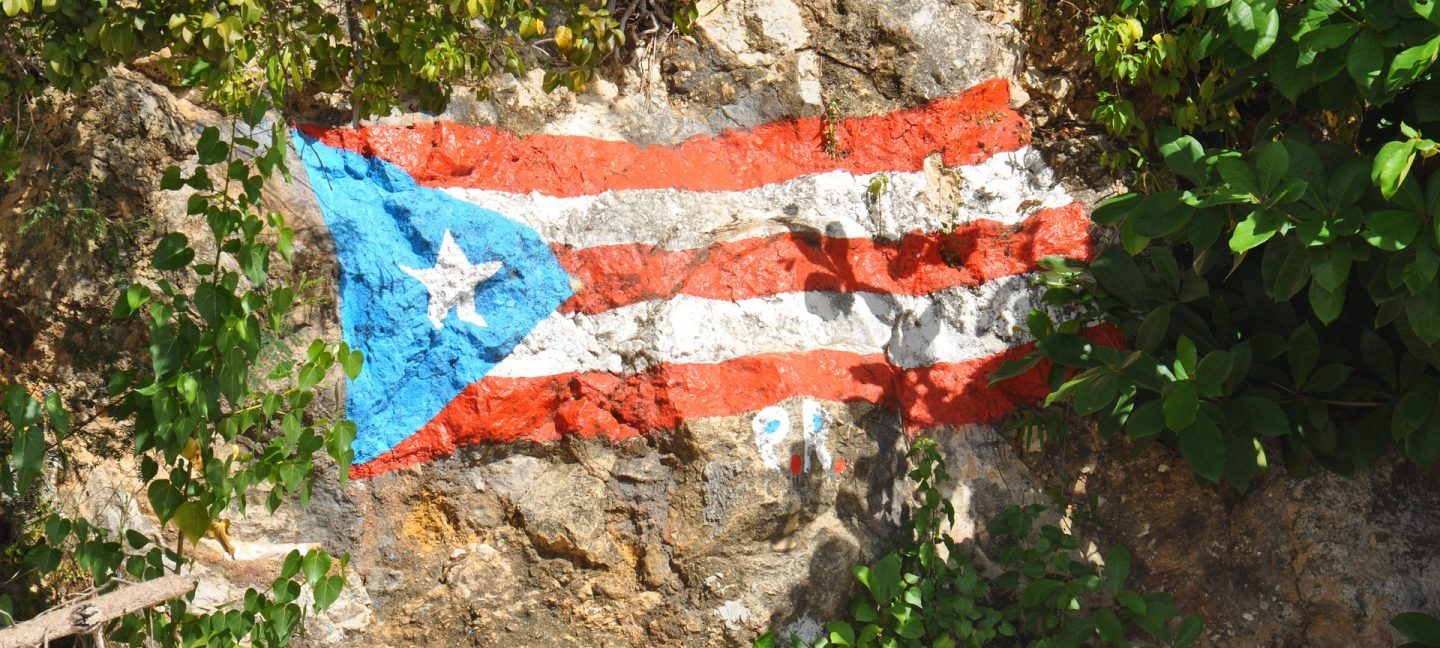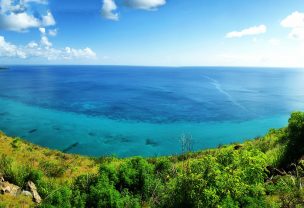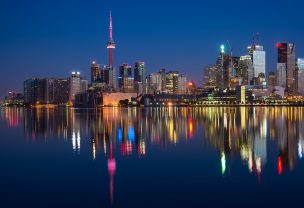Quick facts
- Full name: Commonwealth of Puerto Rico
- Capital: San Juan
- Largest city: San Juan
- Official language: Spanish, English
- Area: 9,104 km2
- Population: 3,411,307
- Currency: United States Dollar (USD) 1 (USD) = 100 cent
- Foreign tourists: 11.5 million (2016)
- Travel risks and hazards: Hurricane season, high crime level.
Puerto Rico currently a US territory also known as Free Associated State of Puerto Rico. It has been taken by the US from the ex Spanish Empire hence its Spanish background and over 90% of natives speaking Spanish. It is also the land of pina colada and Bacardi rum. Some of the buildings in San Juan date back to the earliest colonial times having almost 500 years. Puerto Rico has the only tropical forest in North America. Although small, Puerto Rico yearly hosts over 10 million tourists which is triple its population, and with such tourist influx also come hazards that visitors should be aware of.
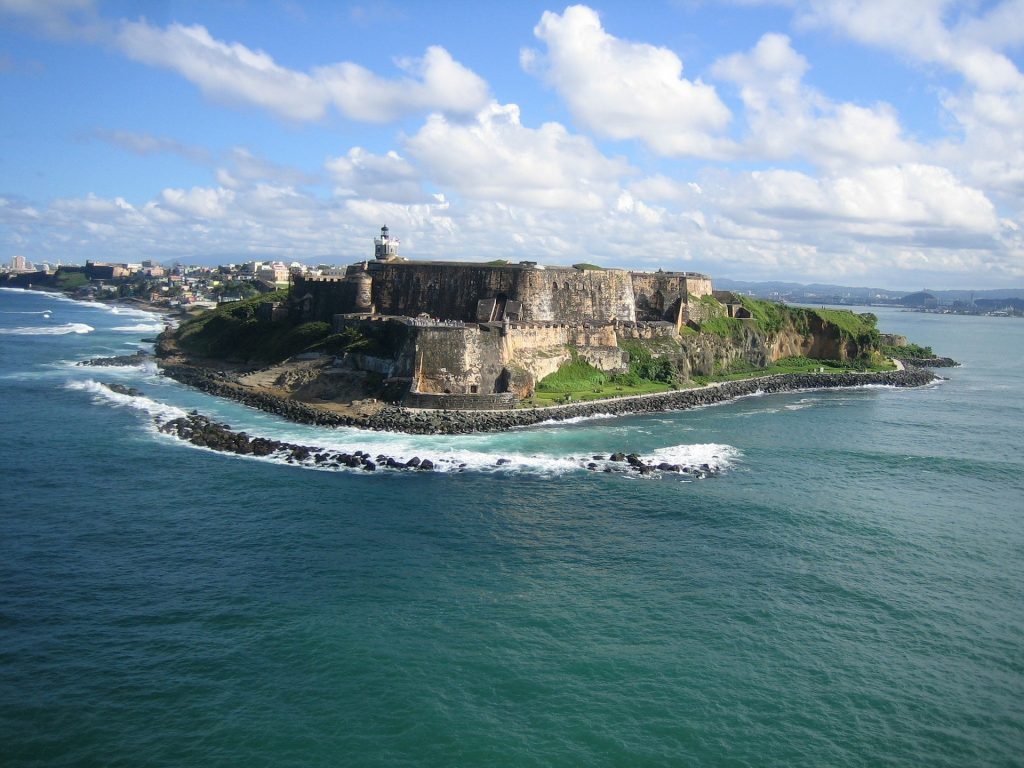
Traveling info
PR requirements are the same as for entering the USA which means that Visa Waiver Program applies for the 38 VWP nations with the remaining foreign visitors having to apply for a Visa. (List of countries in sources). Driving rules are the same as in the USA and require you to get an International Driving Permit which will be issued in the country of your driver’s permit origin.
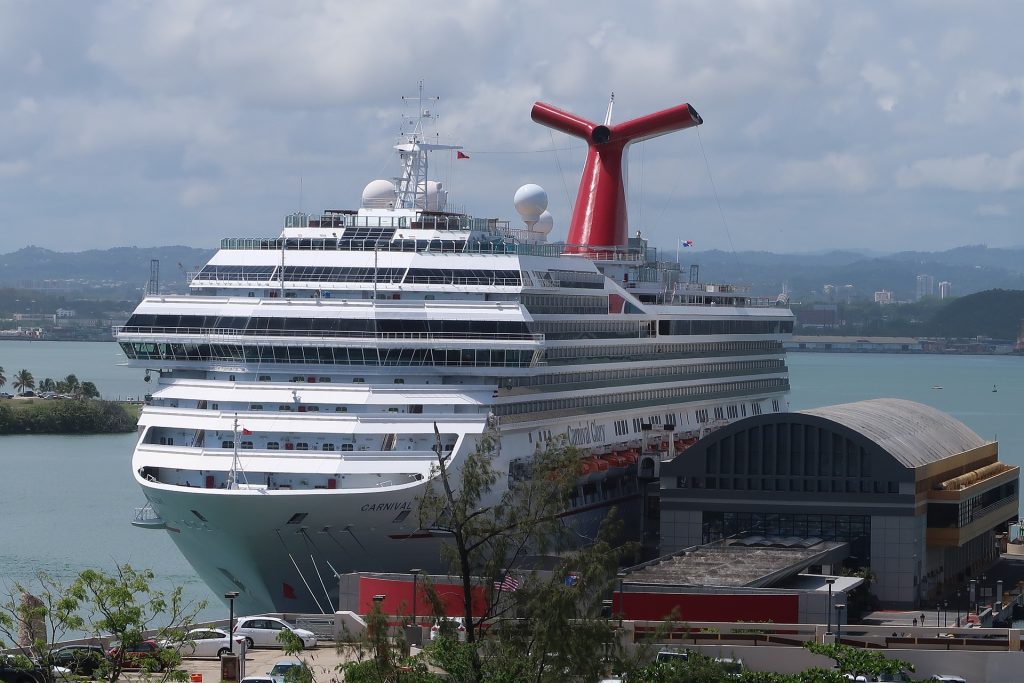
Traveling hazards
The roads are back to normal after the Maria hurricane which back in 2017 turned the island’s roads into an obstacle course however rural roads are riddled with potholes and tend to be really narrow. Roads may be poorly lit especially with the power shortages experienced by the island since the hurricane. Beware of local drivers who do not always follow the road rules, defensive driving is advised.
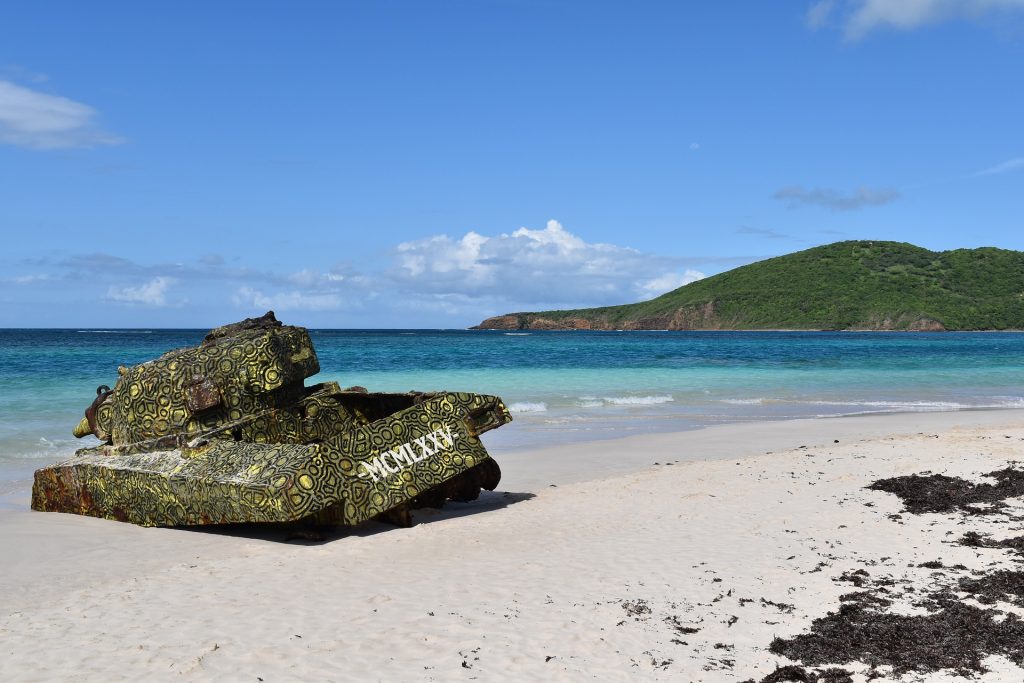
Environmental hazards
Puerto Rico has no dangerous animals, the only exception is the brown recluse spider that is very common to the USA and although its venom isn’t potent enough to kill a man, it can be very painful. PR is also inhabited by 11 species of snakes including the Puerto Rican boa which grows over 3 meters long however none of these snakes pose any danger to humans.
Weather is the greatest danger for the visitors of Puerto Rico. In 2017 Hurricane Maria has caused such devastation to the island that even in the aftermath of the disaster only about 5% of the humanitarian aid shipped to the island could be distributed to its communities. The entire island’s infrastructure was paralyzed. The areas of Puerto Rico are also in the zone of earthquakes which can also be dangerous for the inhabitants and visitors.
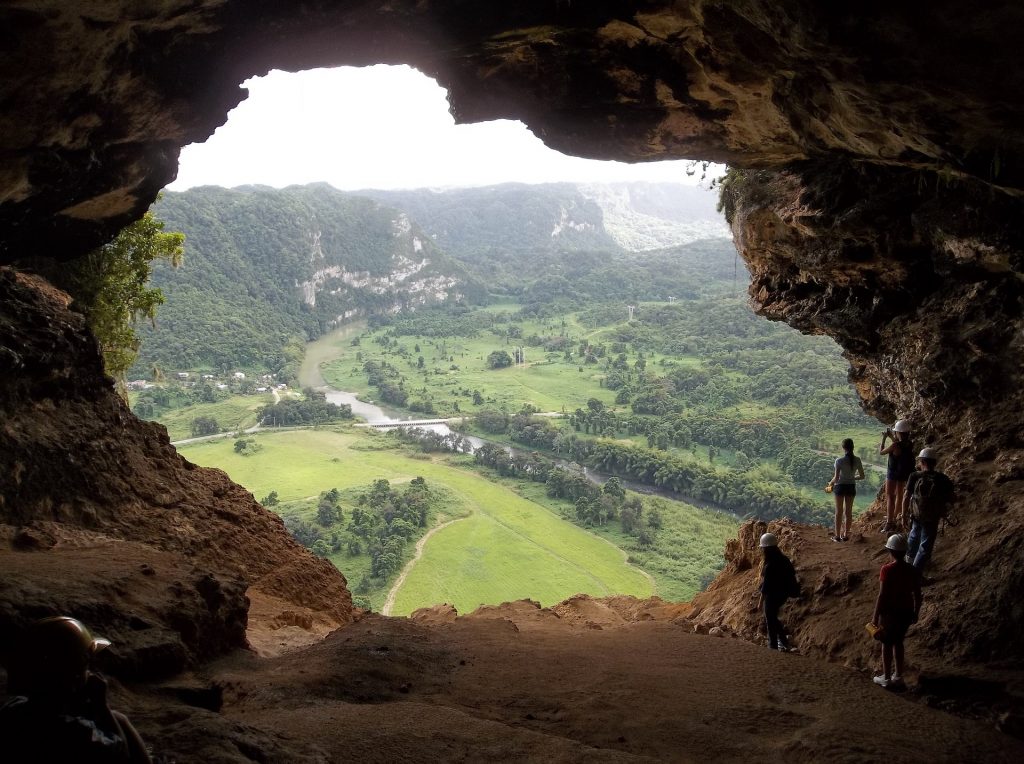
Health hazards
There are no vaccinations required upon entering the country however it is recommended to have your routine vaccines aka MMR vaccines done including Hepatitis A and B, rabies and typhoid vaccines. Puerto Rico will provide the same level of healthcare as anywhere in the US, which means you’ll be also required to have health insurance unless you are ready to pay up front for the service.
In case of an emergency call 911.
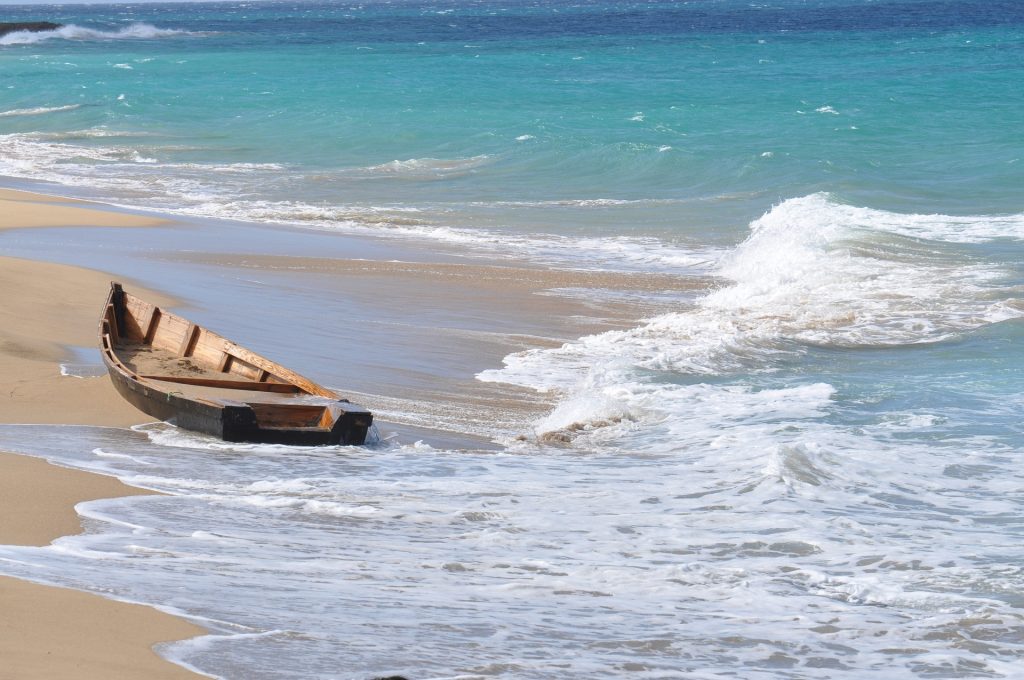
Crime
Crime has risen quite high since Maria Hurricane has hit the island. Since the island experiences the power and water shortages the burglaries skyrocketed, however, that’s one of the minor problems when it comes to dealing with crime in PR. Due to high poverty rates, the island is struck with corruption, armed robberies, and armed assault. All crime on the island is largely driven by the drug trade as it is one of the major stops on the Caribbean trafficking route to the US. However, tourists areas are less affected by crime. To stay safe you should leave your valuables in the hotel, preferably a safe if one happens to be in your room. Never leave your valuables in your car. Learn some basic Spanish. 90% of the islanders speak Spanish as their native language, in an emergency situation this might be very helpful. During the day it is generally safe however there are two places to avoid at night which are La Perla neighborhood and Puerta de Tierra beyond the hotels. Of course, do not let your guard down and stay alert even in the safest of the places at night and daytime. Drugs of any kind are illegal and their possession is a crime punishable with fines or jail time with the exception of medicinal marijuana.
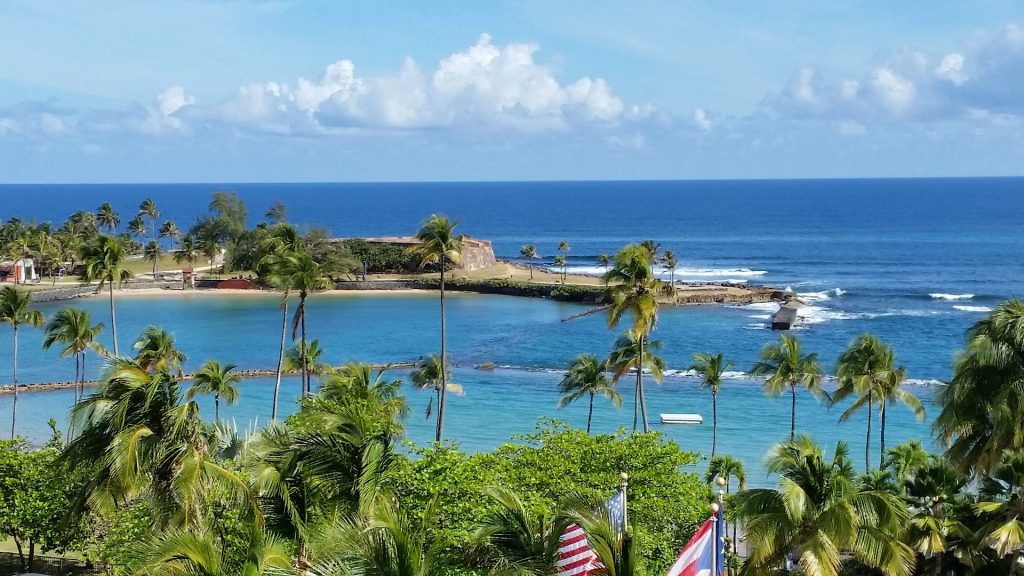
Summary
Considering Puerto Rico as the 51st state of the US it would be the least safe of the states to travel to however most services provided to us will be carried out with US standard. Although English is one of the islands official languages you’ll want to learn some Spanish just to get around. Remember that planning your trip with Travset.com will give you the quickest information about nearest emergency services and will also help you purchase indispensable travel insurance for the trip of your lifetime. Please feel free to comment and share the experiences of your travels with Travset.com.
Sources
(Vaccines)
https://wwwnc.cdc.gov/travel/destinations/traveler/none/puerto-rico
(Visa Waiver Program)
http://www.esta.us/visa_waiver_countries.html
(IDP)
https://www.usa.gov/visitors-driving
(Crime)
https://www.numbeo.com/crime/country_result.jsp?country=Puerto+Rico



